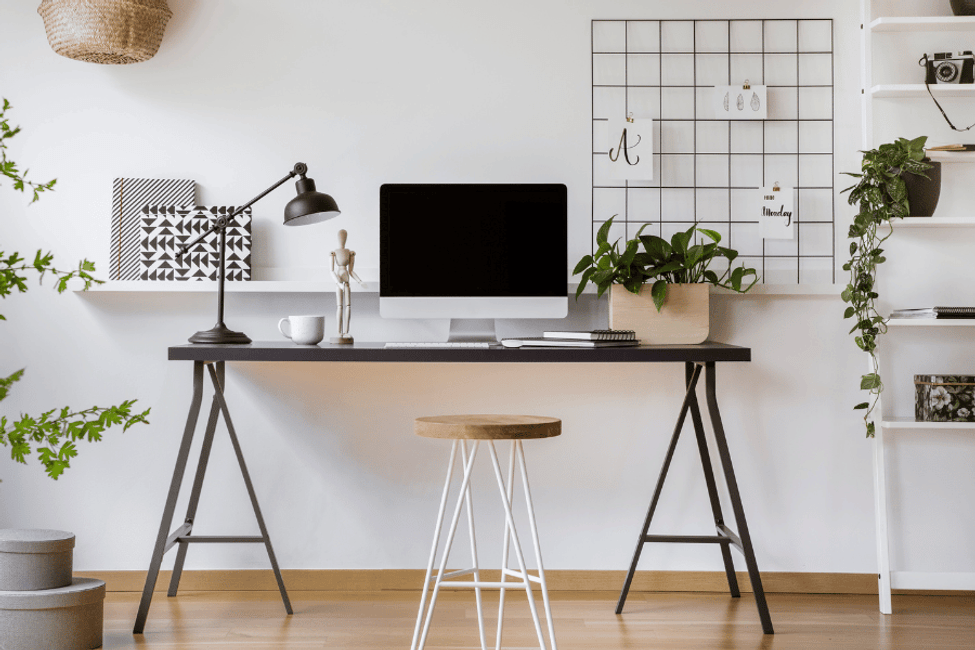Let’s talk home offices. No longer just a spare room with a desk shoved in the corner, the modern home office has evolved into a dedicated workspace designed for productivity, comfort, and even inspiration. Whether you’re a freelancer, a remote employee, or simply need a quiet space to manage household affairs, a well-designed home office can make a world of difference. Remodeling your home office isn’t just about aesthetics; it’s about creating an environment that supports your work style and fosters success.
Defining Your Work Style and Needs
Before you start sketching out floor plans, take some time to analyze your work habits and needs. What kind of work do you do? Do you need a lot of desk space? Do you require specialized equipment? Do you prefer a quiet, focused environment, or do you thrive in a more collaborative setting? Understanding your work style will help you make informed decisions about the layout, furniture, and technology you need.
Location, Location, Location
The location of your home office can significantly impact your productivity. Consider factors like natural light, noise levels, and privacy when choosing a space. A room with ample natural light can boost your mood and creativity, while a quiet location can help you focus on your work. If you frequently have meetings or video calls, consider a location that offers some privacy from the rest of the household.
Creating a Functional Layout
The layout of your home office should be designed to maximize efficiency and comfort. Think about the flow of your workspace and how you move between different tasks. Ensure that you have enough desk space for your computer, paperwork, and other essentials. Consider adding storage solutions like shelves, cabinets, or drawers to keep your workspace organized and clutter-free.
Choosing the Right Furniture
Your office furniture should be both comfortable and functional. Invest in an ergonomic chair that supports good posture and reduces strain. Choose a desk that provides ample workspace and is the right height for you. Consider adding other furniture pieces like a filing cabinet, a bookshelf, or a comfortable seating area for breaks or informal meetings.
The Power of Lighting
Proper lighting is essential in a home office. A combination of natural light and artificial light is ideal. Natural light can boost your mood and productivity, while artificial light provides illumination for tasks like reading and writing. Consider adding task lighting, such as a desk lamp, to supplement the ambient light in the room.
Technology Integration
In today’s digital age, technology is an integral part of most home offices. Ensure that your office has adequate electrical outlets and reliable internet access. Consider investing in a high-quality printer, scanner, or other equipment that you need for your work. Think about how you will organize and manage cables to keep your workspace tidy.
Creating a Comfortable Atmosphere
Your home office should be a space where you feel comfortable and inspired. Consider adding personal touches like artwork, plants, or photographs to create a welcoming and personalized atmosphere. Think about the color scheme of the room and choose colors that promote focus and productivity.
Storage Solutions: Keeping Clutter at Bay
Clutter can be a major distraction in a home office. Invest in storage solutions that help you keep your workspace organized and tidy. Shelves, cabinets, drawers, and bins can all be used to store paperwork, supplies, and other essentials. A well-organized workspace can help you stay focused and productive.
Soundproofing and Privacy
If you need a quiet and private space to work, consider soundproofing your home office. This could involve adding insulation to the walls, installing solid-core doors, or even using sound-absorbing materials like rugs and curtains. Creating a soundproofed space can help you minimize distractions and focus on your work.
Ergonomics: Prioritizing Your Well-being
Ergonomics plays a crucial role in preventing strain and discomfort in a home office. Ensure that your chair, desk, and monitor are positioned correctly to promote good posture and reduce the risk of injury. Take regular breaks to stretch and move around to avoid stiffness and fatigue.
Personalizing Your Space
Your home office should reflect your personal style and preferences. Don’t be afraid to add personal touches that make you feel comfortable and inspired. This could involve adding artwork, plants, or other decorative items. Creating a personalized space can make you feel more motivated and productive.
Budgeting and Planning
Remodeling a home office remodel can be a significant investment, so it’s important to set a realistic budget and stick to it as closely as possible. Get quotes from contractors and compare prices before making any decisions. Plan the project carefully and create a timeline to ensure that everything stays on track.
